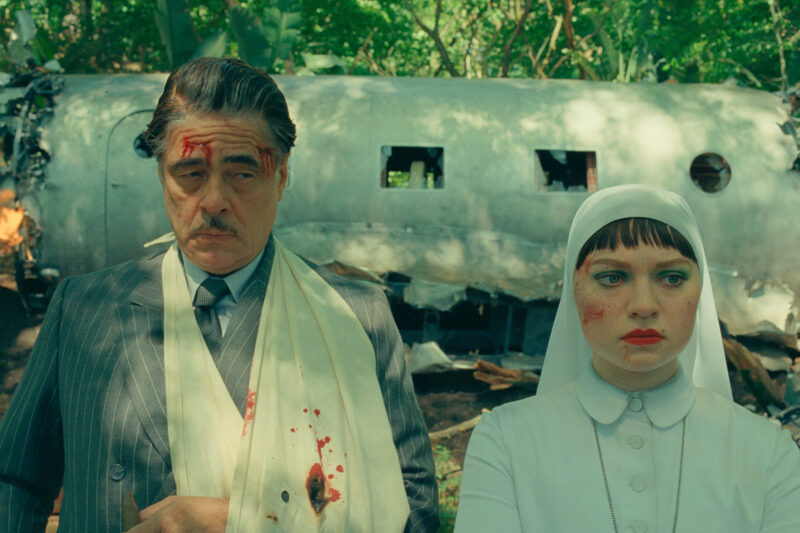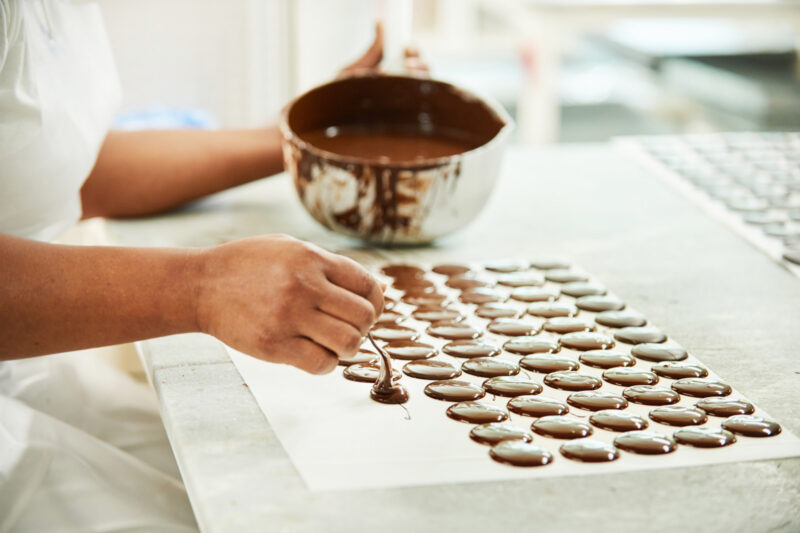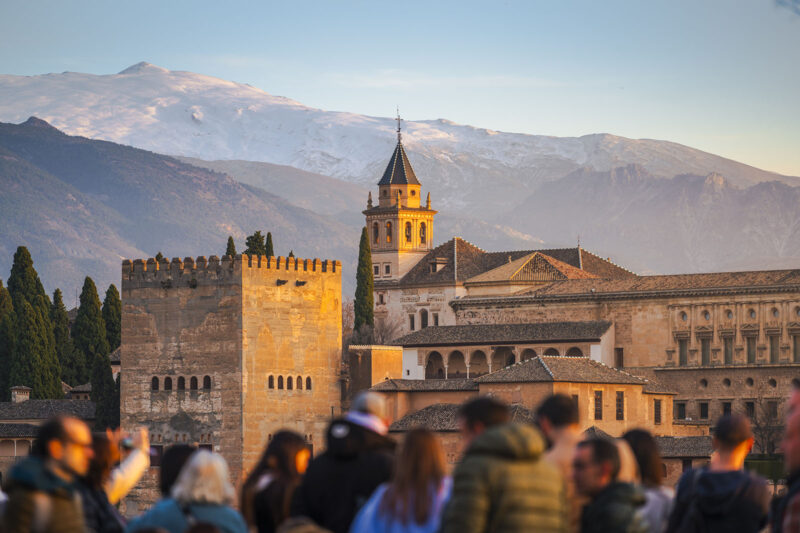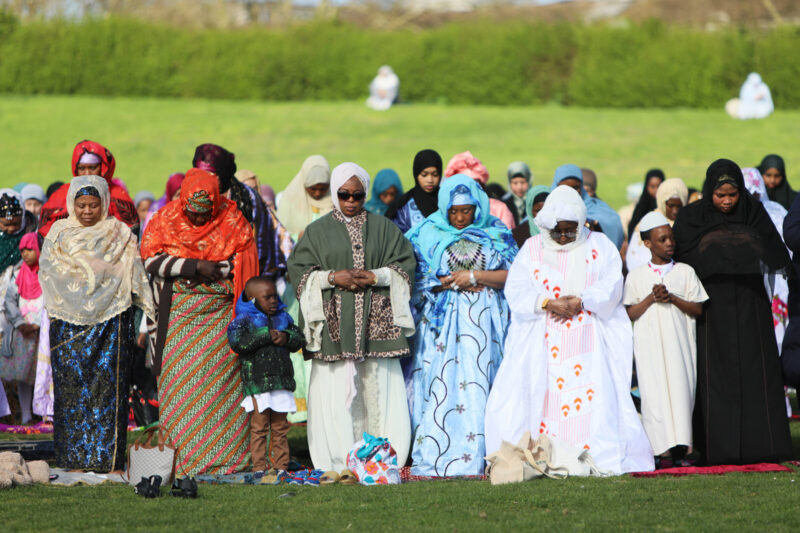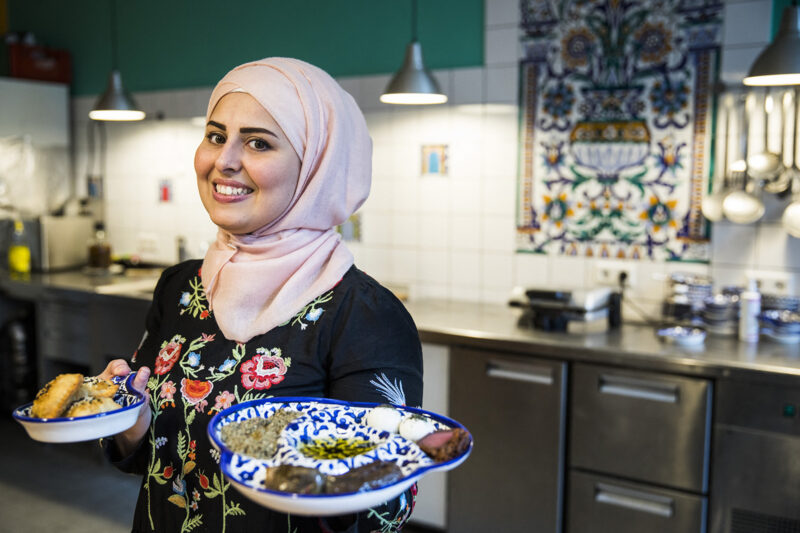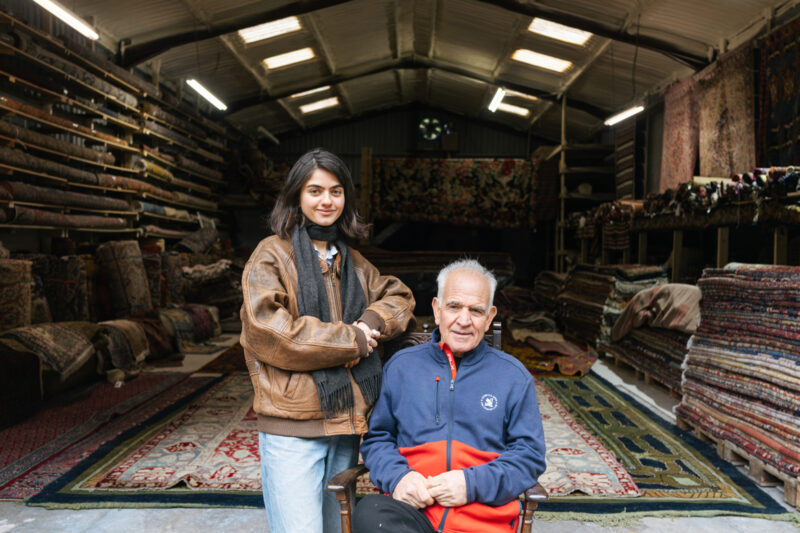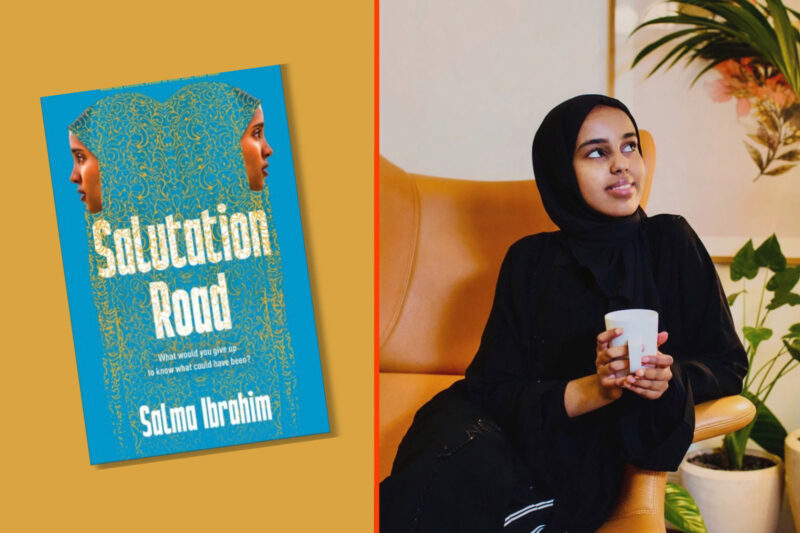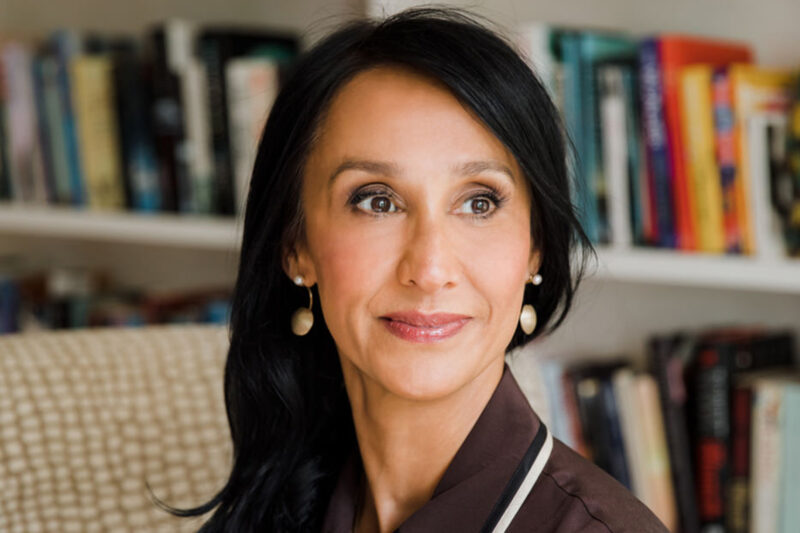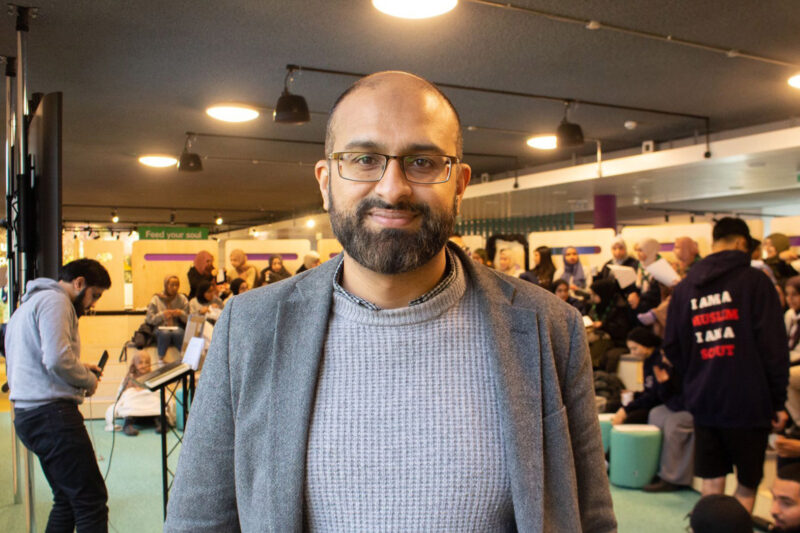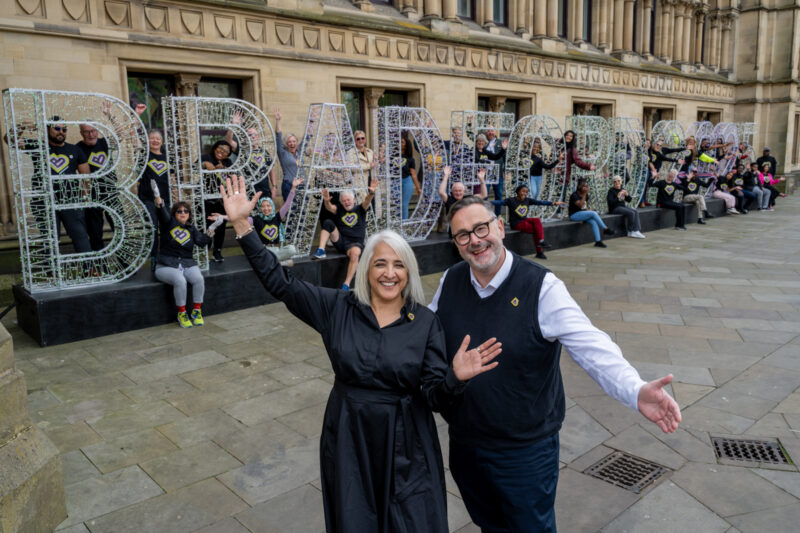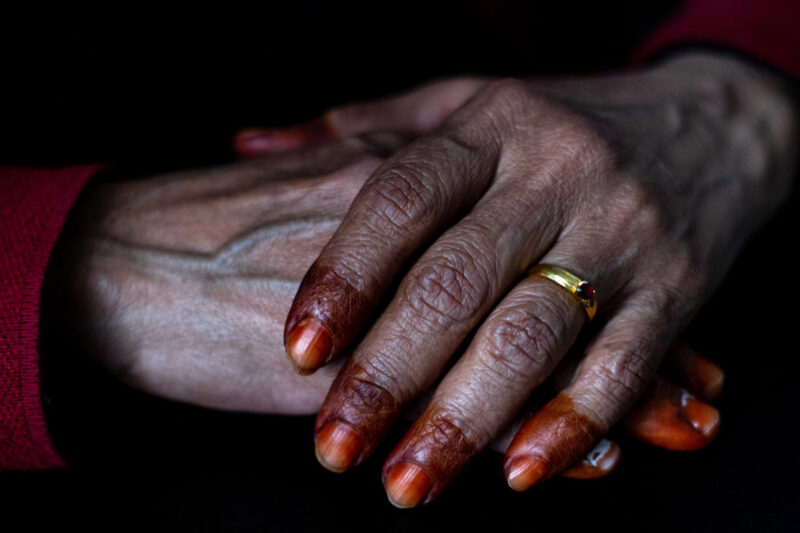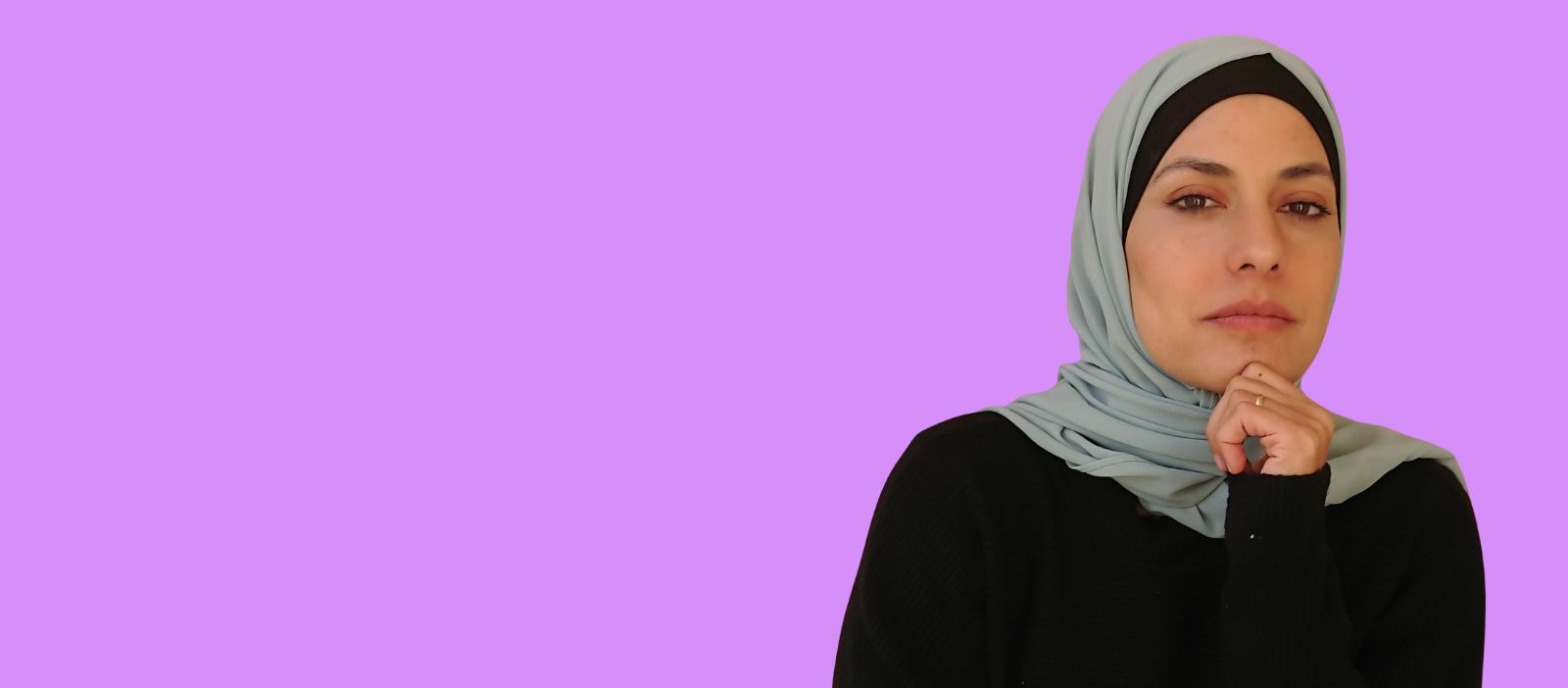
Marwa al-Sabouni Q&A: ‘The destruction of home is an attack on hope’
Syrian architect and author Marwa al-Sabouni published her first book, a memoir about the city of Homs during the outbreak of the civil war, in 2016. Photograph courtesy of Marwa al-Sabouni
The Syrian architect on how buildings and urban planning shape conflict and societies
–
When the Syrian war began in 2011, architect Marwa al-Sabouni came to recognise the value of architecture in a new way. Sheltering from bombardment at home in Homs, she questioned how poor urban planning had shaped the country’s social tensions and made Syria more vulnerable to civil conflict.
These thoughts would be the basis of her first book, The Battle for Home: The Vision of a Young Architect in Syria, published in 2016. In this memoir, al-Sabouni outlines how fairer urban developments can build more peaceful societies.
She has since featured in the BBC’s 100 Women 2019 global list of influential and inspiring people, wrote a second book, Building for Hope: Towards an Architecture of Belonging, published in 2021, and was the guest co-director of the 2022 Brighton Festival, designing a pop-up community space for the event. She and her husband, Syrian architect Ghassan Jansiz, created The Riwaq, an Arabic-style seafront pavilion, based on the theme of rebuilding.
Now living back in Homs, al-Sabouni, 42, is working on a third book. Here, she speaks to Hyphen about Islamic public space, what it means to rebuild cities that have been razed by conflict, and the trauma of the destruction of home, as can be seen in Gaza today.
The interview has been edited for length and clarity.
What interested you in architecture and design in the first place?
When I entered college and began interacting with the subject it felt like I’d found a missing piece, because it combined all the skills I was drawn to as a child: drawing, imagining and painting. Architecture included both the curiosity towards knowledge and sophistication of engineering.
You wrote your first book and completed your PhD while living in Homs during the war. What was that like?
It was completely transformative to my life and all the lives around me. It’s an event that changed the whole country and the future of an entire generation. I found myself right in the middle of this storm. That was the pivotal moment around which my whole concept of architecture and the role of my own discipline had changed.
During that time, my family and I lived in an area that was in the crossfire between the two warring factions. We were finding ways of keeping ourselves focused on something other than destruction, which for me was studying, reading and translating. My husband, when reading my thesis, said: “I think you are onto something, won’t you write a book about it?” Our home discussions turned into the foundation of the book, questioning why those things were happening around us, how the city contributed to pitting people against each other instead of putting people together.

What rebuilding is happening in Syria now?
Rebuilding in a real sense of the word has not taken place anywhere in Syria. Currently we live in what appears to be a frozen reality. Everything that is happening is going on backstage, where we as a public are absent or being kept in the dark. I refer to the foreign interest in rebuilding Syria, especially the Gulf states, which pose themselves as prime stakeholders.
You’ve written about how structural damage to a city can reduce the attachment of inhabitants to the environment around them. Can you say more about this idea?
In Building for Hope, my second book, I opened a chapter by referring to a paper that was introduced to Winston Churchill by his adviser in the second world war. It’s called the “dehousing paper”, which primarily suggests that mass carpet bombardment of German cities proved to be extremely damaging to morale. Losing one’s home was more damaging than losing a relative or a friend.
The destruction of home was — as we see in Gaza today — a weapon of mass destruction, which will lead to economic and political devastation and personal devastation. It’s something that razes your memories. It’s an attack on hope.
We also see attacks on home and hope in policies such as city management and the so-called development of our cities and towns. It’s a process that primarily relies on legislation and funding, but this can only be properly directed by putting the concerns of creating home, belonging, and neighbourliness over personal gain. Donald Trump’s former advisor, Jared Kushner, had the temerity to suggest a waterfront property for Gaza and the Israelis keep referring to a newly dreamt Dubai in place of Gaza. What does that mean, that you will turn Gaza from a city of community to a city of competition? We need to stand up for and seek alternative modes of rebuilding.
In your work you’ve touched on Islamic ideas of public space. How does this apply to the 21st-century context?
When you visit the old parts of Homs dating back to the eras of Umayyad and Abbasid rule, you notice there is a certain intimacy in the space. There are many preserved layers, buildings of different ages, all interwoven into one place. This offered me a tapestry to unravel and see how the city cultivated a sense of belonging and enabled people to work and live together peacefully.
In my work, I look at aesthetic details and how architectural styles that existed in those cities also reflected their values: generosity, modesty, exchange. The Islamic trust, for example, was an endowment policy allowing people to donate properties for the sake of God. These buildings were acting as brakes to what otherwise would be limitless growth. In all the cities that were cultivated under the Islamic rule, you could see rich and poor, Christian and Muslim, living side by side. That was very curious to me because even if you live in free societies now, there is endemic segregation based on wealth.
Can you tell us about any projects you’re working on now?
I’m working on a new project here in my own city, to build a cottage and a few stables with local black basalt, a building material that was abandoned when Homs was modernised. The project is based in the orchards to the west of the city, balancing the rural and urban.
 Newsletter
Newsletter

